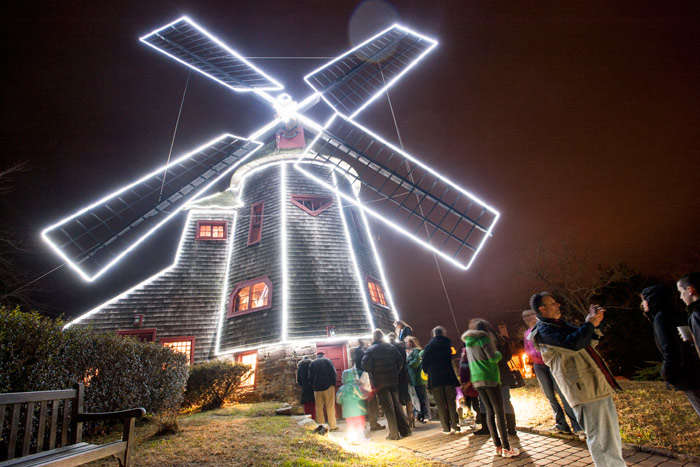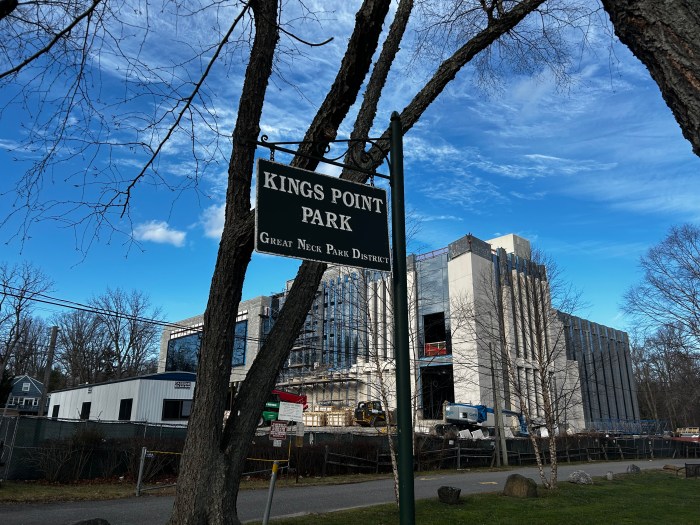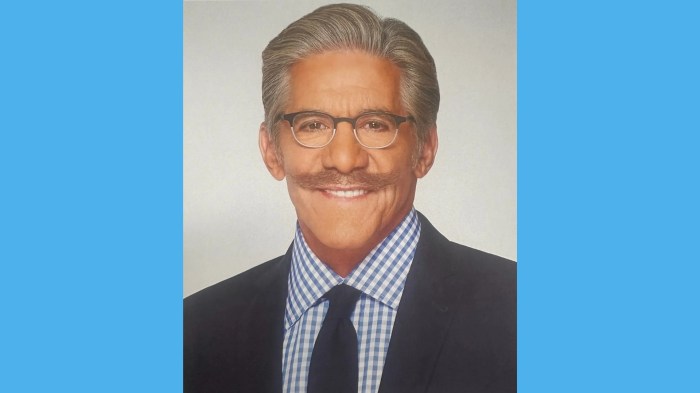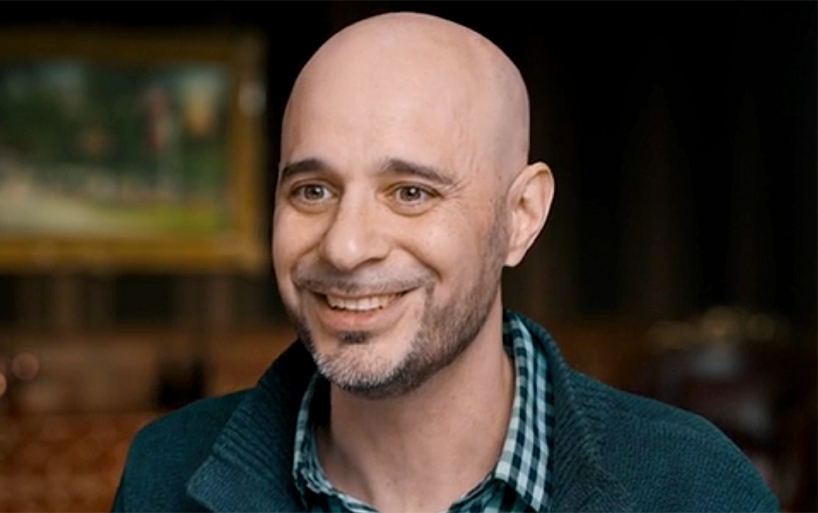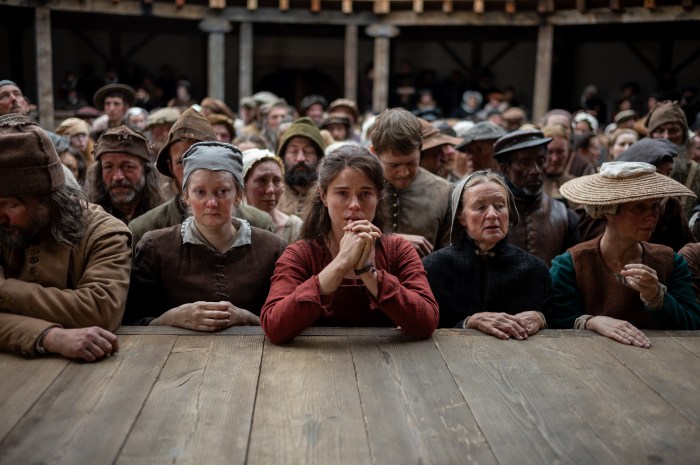In 1969, I played Pop Warner football for the Far Rockaway Dolphins 115-pound team. One hundred and fifteen pounds was the maximum you could weigh at 12 or 13-years-old to participate in the Pop Warner League. We were all playing organized football for the first time and after losing our first three games, we won our last six, but who’s counting?
After our home games, which took place on Sundays, Peter Goldstein, Paul White, Danny Schneider, John Yevoli, John D‘Ana, Bob Callahan and I would ride our bikes to Wetson’s Hamburger stand. The first McDonald’s restaurants didn’t enter the New York market until the early 1970s. A little research will tell you that Wetson’s Hamburger stands were brought to New York when the Wetanson family saw the early version of McDonald’s restaurant at the renowned location in San Bernardino, CA. Wetson’s was located about a quarter mile east from one of Far Rockaway’s more infamous housing projects, The Redfern Housing Project.
Riding past the projects in our navy blue Dolphin’s football jackets, we peddled faster than normal to avoid any confrontations near the projects and to feed our post game hunger for the 15 cent hamburgers, 10 cent French fries and sodas.
What a glorious time to be 13 and possess a buck, a bike and a football jacket with you first name stitched on the left breast, your position and number stitched similarly on the outside of your right shoulder. We were loud after our losses, raucous beyond belief after our victories.
We entered Far Rockaway High School as sophomores two years later and McDonald’s bought the property of the old State Diner on the busy corner of Beach Channel Drive and Mott Avenue that year. Within three years of McDonald’s opening just a mile and a half west of the Wetson’s stand, Wetson’s closed. You still saw the Dolphin jackets from the teams that followed us inside the McDonald’s, but the shiny enclosed McDonald’s couldn’t replace the open air, family hamburger stand feel of Wetson’s.
For those of you who have read my column in the past, you’ve heard me tell that my “day job” is that of executive recruiter; a business that I’ve owned and managed for 30 years. In that capacity I have regular occasion to negotiate for my client’s and job candidate’s compensation packages. Of course, the best of all outcomes is when both sides of that equation comfortably meet in the middle of their wants and needs.
Too often, gray areas are left open to interpretation, ambiguous promises and assertions made by both the new employer and incoming employee invariably lead to issues down the line. The most harm occurs when the two sides propose the potential for future equity involvement with the new employee. Only a small handful of my client’s have been able to create a paradigm that enables a new employee to gain equity as part of their incoming compensation package.
I’m neither Gene Siskel nor Roger Ebert, but my wife Audrey and I really love the movies. It doesn’t hurt that from Route 110’s multiplex to the Broadway Mall’s cinema we now sit in leather recliners that often times test my willpower to stay full engaged during the show.
Last weekend we went to see the movie The Founder, starring Michael Keaton portraying Ray Kroc, the McDonald’s interloper, franchising mastermind and home wrecker. Keaton’s portrayal of Kroc from writer Robert Siegel’s screenplay and director John Lee Hancock’s interpretation is a two hour crash course in megalomania entrepreneurship. It also illustrates underhanded legal wrangling that permeates too much of business and the purest example of business’ most nefarious phrase, “you’ll just have to trust me.”
Almost every industry has gone through what we now generically term as “consolidation.” Large, well-capitalized companies buying up smaller competitors and engulfing them under their corporate umbrella.
In 1986 when I started my company, most of my client’s were family-owned automobile dealerships. Today, when you go out to buy a new car the likelihood is you are making a purchase from a publicly owned and operated automotive chain or regionally consolidated group of dealerships.
I found an easy kinship with Richard and Maurice McDonald—the originators of the iconic American franchise—the moral struggle they faced in deciding whether or not to allow Ray Kroc to grow their family business into an internationally recognized cultural staple.
I found myself wistfully recalling my days peddling towards Wetson’s Hamburger stand with a buck in my pocket and adolescent hunger in my belly. The Founder was interesting, angering and discussion provoking. Enjoy.




